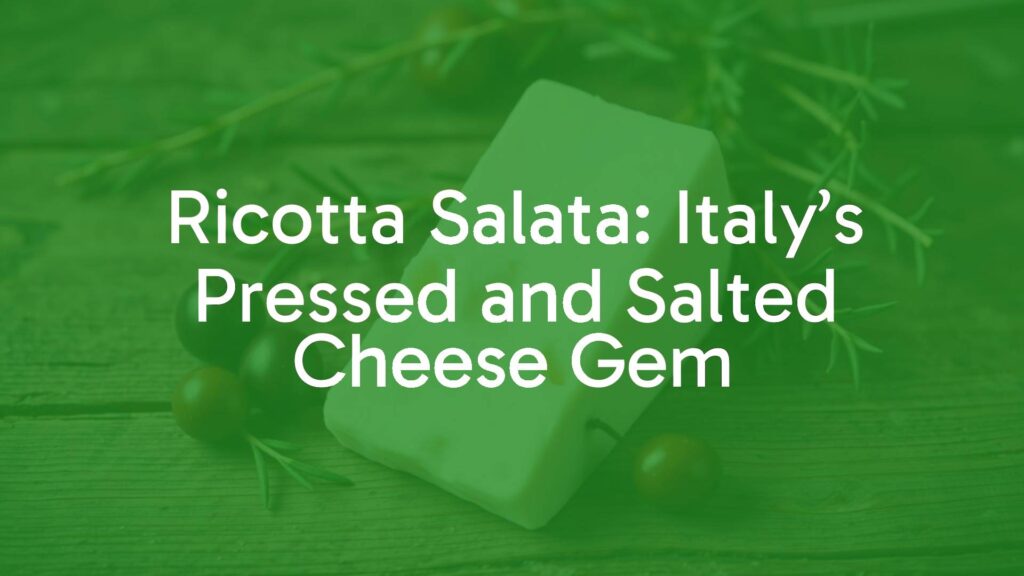Discovering Ricotta Salata: A Distinctive Italian Cheese
Ricotta salata stands out among Italian cheeses for its unique transformation from fresh ricotta into a firm, sliceable delicacy. This cheese is an integral part of Italy’s rich dairy tradition, beloved for its crumbly texture and subtly salty flavor, making it a prized ingredient across a range of Mediterranean dishes.
What Makes Ricotta Salata Unique?
Unlike the soft, creamy ricotta familiar to many, ricotta salata undergoes a period of pressing, salting, and aging. This process sets it apart, as it yields a snow-white, firm cheese that can be grated or sliced. The name “salata” simply means “salted,” referencing its preservation method. Its texture is compact yet delicate, and its flavor profile is mild, tangy, and briny without overpowering other ingredients.
Historical Roots and Cultural Significance
Ricotta salata has ancient origins, particularly in southern Italian regions such as Sicily and Sardinia, where shepherding and cheesemaking are centuries-old traditions. Historically, shepherds developed ricotta salata to extend the shelf-life of fresh ricotta—an innovation that helped conserve valuable food in warmer climates. Today, it remains embedded in local culinary customs and serves as a symbol of rustic ingenuity.
Traditional Production Techniques
This cheese begins its life as classic ricotta, made by reheating the whey leftover from sheep’s, goat’s, or cow’s milk cheese production. The fresh curds are drained, salted, and pressed into forms to release excess moisture. After salting, ricotta salata is aged for at least a month, during which it develops its characteristic texture and taste. Artisanal versions often utilize sheep’s milk and local sea salts, preserving regional nuances in flavor.
Ways to Enjoy Ricotta Salata
Ricotta salata is exceptionally versatile in the kitchen. In Sicilian cuisine, it’s famously grated atop pasta alla Norma—a classic eggplant and tomato dish—where it lends a creamy, salty finish. It can also be crumbled into salads, paired with ripe tomatoes and olive oil, or sliced and served alongside grilled vegetables. Its flavor complements olives, cured meats, and fruity white wines, making it a frequent guest on antipasto platters.
Regional and Culinary Pairings
Though most closely associated with Sicily and the Mediterranean coastline, ricotta salata finds its way into dishes throughout Italy. It is a favorite topping for baked pasta, bruschetta, and hearty vegetable soups. The cheese’s mild salinity balances robust flavors, and its firm texture stands up well to slicing or cubing for salads and mezze plates.
Tips for Serving and Storage
To fully appreciate ricotta salata’s flavors, allow it to come to room temperature before serving. Store it wrapped in parchment or cheese paper—never in plastic, as it needs to breathe—to maintain its crumbly firmness. When grating, use a coarse rasp and sprinkle over dishes just before serving to preserve its distinctive character.
Conclusion
Ricotta salata’s simplicity and versatility make it a cherished staple in Italian gastronomy. Whether enriching a pasta dish, mingling with garden-fresh vegetables, or completing a cheese platter, this matured cheese delivers a taste of tradition and creativity from the heart of Italy.

